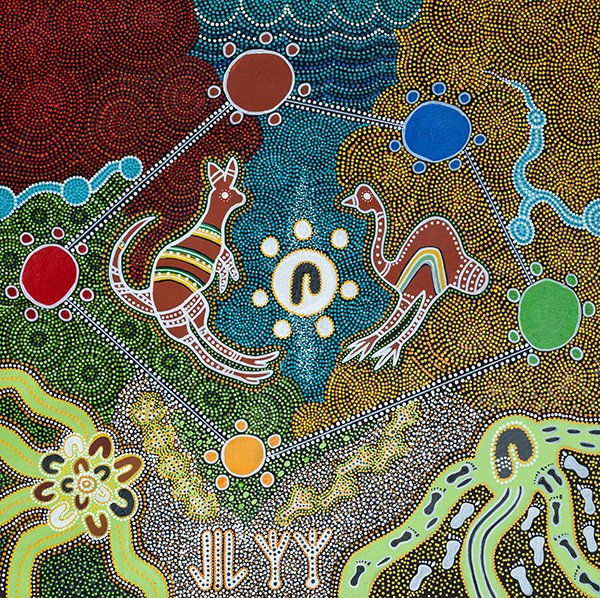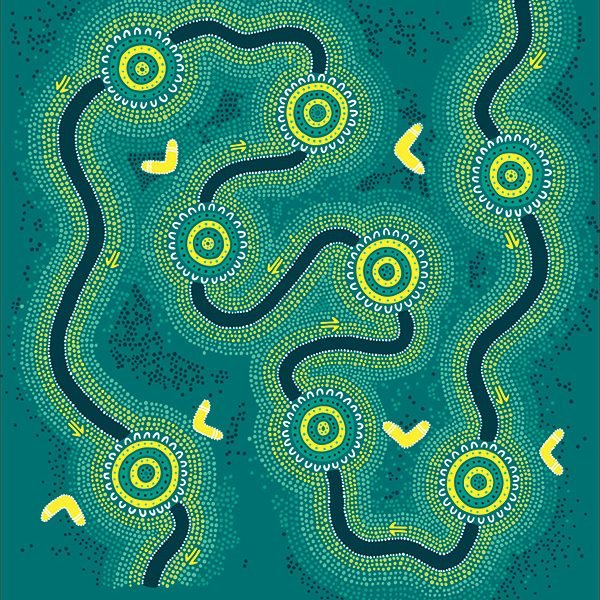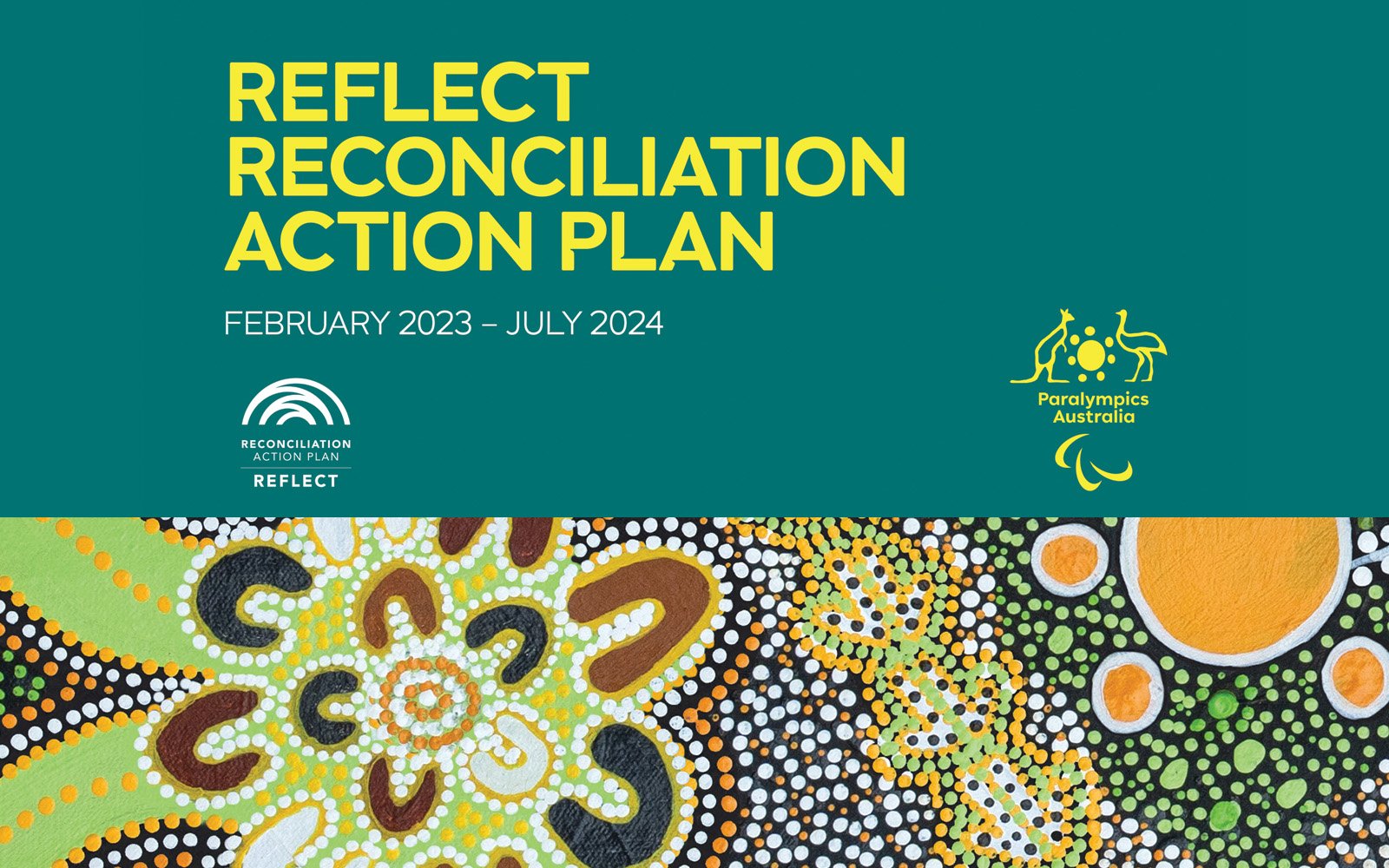Paralympics Australia is proud to take an important step on our journey of reconciliation with the launch of our inaugural ‘Reflect’ Reconciliation Action Plan (RAP).
Our RAP began with the establishment of a working group in 2021 to map a meaningful way forward.
“Sport is a powerful mechanism for bringing people together and it enables important conversations that need to be held,” Paralympics Australia Chief Executive Catherine Clark said.
“We’ve committed to making the Paralympic community have this conversation in our Reconciliation Action Plan. This is the first step in that journey.”
Download: ‘Reflect’ Reconciliation Action Plan (PDF 5MB)
Read more: Much work to do, but RAP launch was a day to listen
‘Our Story’ as told by First Nations artist, Uncle Paul Calcott
Australia’s Indigenous People, for over 65,000 years, have always held a belief that people with a disability are people who leave a different mark on the world. Not better, not worse, just different.
This story captures how Paralympics Australia and its athletes leave a different mark on Australia and its sporting landscape.

We start in the centre of the artwork with the Indigenous symbol for a star, representing the Southern Cross, iconic to our Nation.
Through the centre of the Southern Cross star is Dark Emu – an Aboriginal astronomical constellation. The position of this constellation constantly moves through the sky, but the position of Dark Emu in this artwork represents the time of year when the Summer Paralympic Games occurs every four years during August.
Wrapped on either side of the Southern Cross are our two iconic Australian animals, the Kangaroo and the Emu – both famous for only going forward, never back.
At the bottom right is the story of our Paralympians – represented by the different marks they make as they train and compete including the marks of foot prints, a wheelchair and a running blade. Each person coming together is marked by ochre dots signifying celebration – and the artwork in the bottom left tells the story of the world coming together in celebration.
Linking the story together is the representation of Mobs in Country with Desert Dreaming, Saltwater Dreaming, Freshwater Dreaming and Rainforest Coastal Dreaming. These merge into the green and gold colours of Paralympics Australia.
This is our story: moving society forward to champion the inclusivity of people with disability as represented by our First Nations people – who have always respected people of all abilities.
‘The Journey’ by First Nations artist, Rheanna Lotter
Rheanna Lotter is a proud Yuin woman and founder of Ngandabaa (Yun-Da-Baa; named after her grandfather Keith Thorne). Growing up in Willow Vale in the NSW Southern Highlands, Rheanna now lives and works in Western Sydney.
‘The Journey’ created by Rheanna was commissioned by Paralympics Australia to symbolise athletes aspiring to represent Australia at the Paralympic Games.

The artwork consists of eight circles to reflect Australia’s eight States and Territories and indicate the different places where athletes started their journey.
Each circle is different, to represent the diversity of our country and athletes. The circles have tracks between them to indicate the interconnectedness of athletes from different places and backgrounds. The circles are primarily in green and gold to represent our land.
The boomerangs appear randomly to show the challenges, barriers and setbacks faced and overcome along the way. The tracks represent the animal spirits guiding the journey and protecting the athletes.


 Join AUS Squad
Join AUS Squad
